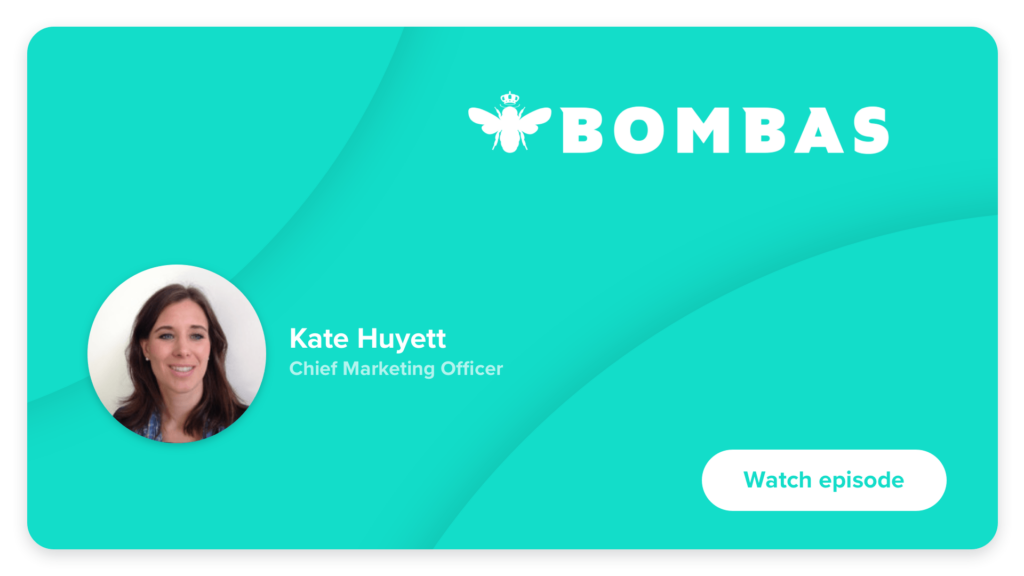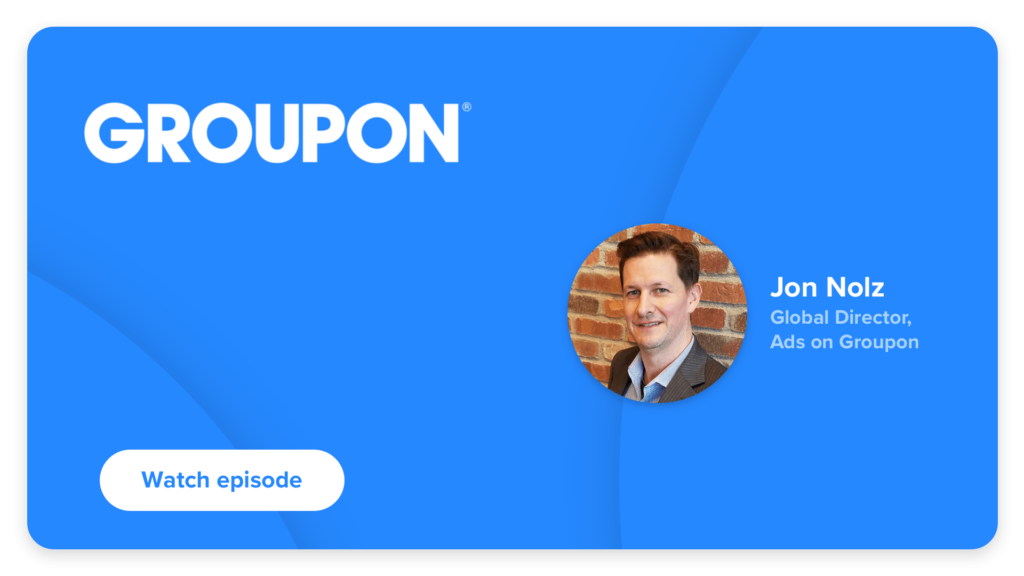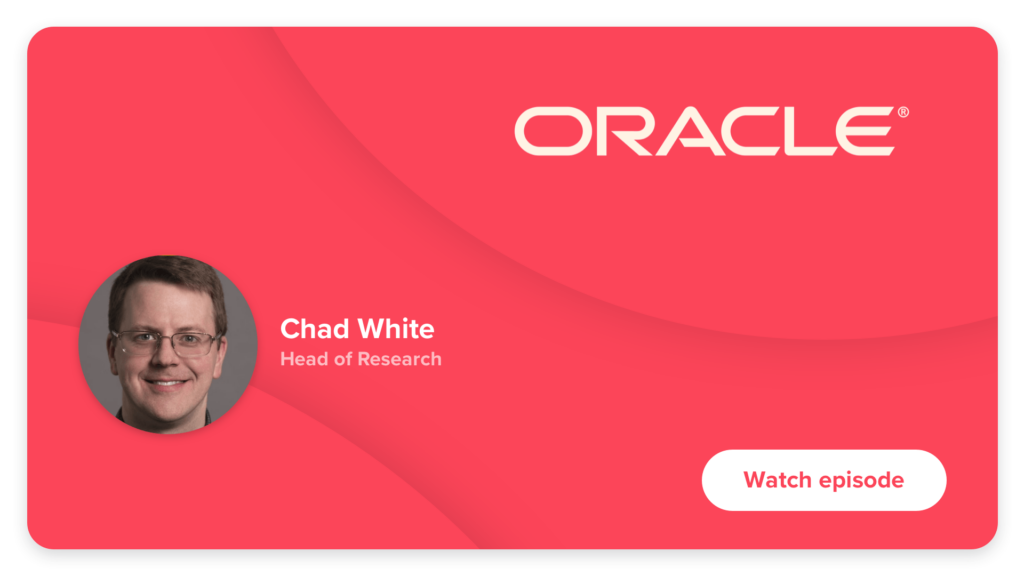The Top 5 Real Time Banter Episodes of 2020
There are a lot of fun meanings to the RTB acronym:
- Real time bidding
- Rare tropical birds
- Read tough books
- Ramen tastes beautiful
The list goes on… But we found a new one last year that we’re quite partial to: Real Time Banter.
That’s right. We launched our Real Time Banter webinar series in April 2020 to get an inside look at how brands and publishers were dealing with the pandemic – and to stay connected to everyone ourselves.
This resulted in some great conversations about preparing for the death of the third-party cookie, adapting creative to hot-button issues, diversifying revenue channels, and just generally making it through the year.
As we get ready to launch a new season of RTB, we’re rounding up the most popular episodes of 2020 – featuring some hard-hitting talks with the best and brightest in marketing.
Let’s take a look.

1. New York Times
Jay Glogovsky, senior director of revenue analytics and operations at The New York Times, shared how the publisher is phasing out third-party data and launching its own, shiny first-party data platform.
They’re using data to help advertisers target readers based on emotions, for example. And they’re offering a whopping 75 new audience segments based on interests and demographics to help advertisers improve their targeting.
“It didn’t happen overnight,” Glogovsky said. “We realized about two years ago that we were sitting on a huge amount of data that can be privacy-safe and transparent for our users. So we quickly launched our first data products and built a team internally to build those products out.”

2. Bombas
Bombas chief marketing officer Kate Huyett took a deep dive into how the direct-to-consumer apparel brand expertly navigated the constant fluctuations of 2020. (Or as Bombas director of retention Luz Ramirez called it, “the year of Q4.”)
In March, for instance, the brand’s giving emails – which highlight its charitable efforts – saw 4X the normal engagement. So Huyett increased their frequency and let the promotional emails take a backseat at the beginning of the pandemic.
“Each quarter, there’s been a shift in the plan,” Huyett said. “We’ve had to completely revamp our email strategy twice already, two quarters in.”
How did they do it? With data.
“You really need that whole suite of data to show what you’re seeing throughout the customer journey – from Google search volume, from Facebook, from LiveIntent, from TV,” she said. “[You need to be able to say] here’s what we’re seeing in terms of conversion rate on the product detail page for this product vs. other products.”

3. Groupon
Jon Nolz, global director of Groupon, gave an inside scoop on how the eCommerce marketplace drives revenue via email.
“It’s not like, ‘Let’s take third-party ads and throw them in our emails,'” Nolz said. “We look at who we target and who we block, and we do it in a testing environment.”
Groupon also works with LiveIntent to monetize its emails with personalized, programmatic placements.
“We’ve found through strategic and careful guidance of the partnership with LiveIntent, and leveraging a lot of the data we have at Groupon, that email proved to be a very positive environment,” Nolz said. “We’ve generated quite a bit of momentum in the last 12 months, and I’m really excited to see what the next 12 months bring.”

4. Oracle
Email marketing enjoyed a renaissance in 2020 as publishers doubled down on subscription strategies and consumers clung to email as a news and information lifeline. Chad White, head of research at Oracle CX Marketing Consulting and author of Email Marketing Rules, shared his actionable tips for making the most of this opportunity.
Take welcome emails. According to White, many brands revamp them just once a year when they should check them at least every six months.
“These are living emails – they need care and nurturing,” he said. “And they are among your most powerful emails that you’ll ever send, so they deserve extra attention. You have to make sure that they’re still saying what you want them to say and rendering properly across all email clients.”

5. Rue Gilt Groupe
What do you do when consumer intent to spend drops 20–40% because of a pandemic? Valeria Chisca, VP of acquisition and paid retention at Rue Gilt Groupe, had the answers.
For one, it’s important to rely on automation and performance marketing indicators.
“We’ve seen categories come in and out in terms of what consumers were in the market for,” she said. “So whether it’s using dynamic ads or automation to be able to react faster to those changes, it’s been important for us, for both acquisition and retargeting.”
Also, have your customer lifetime value calculations down pat and don’t be afraid to negotiate with publishers when times are tough.
“From both sides, there was a lot more openness to be creative in negotiating either lower minimums, performance-based spend, or even bartering partnerships where there was an exchange of value vs. the usual high dollar amounts,” Chisca said. “So definitely look at everything with a fresh perspective.”


